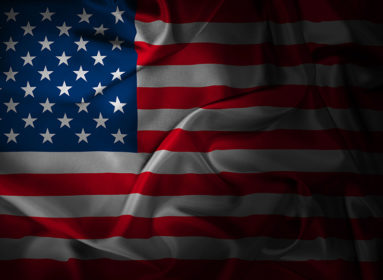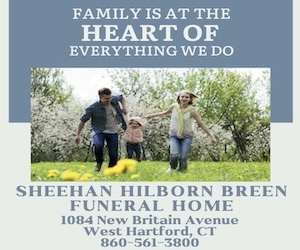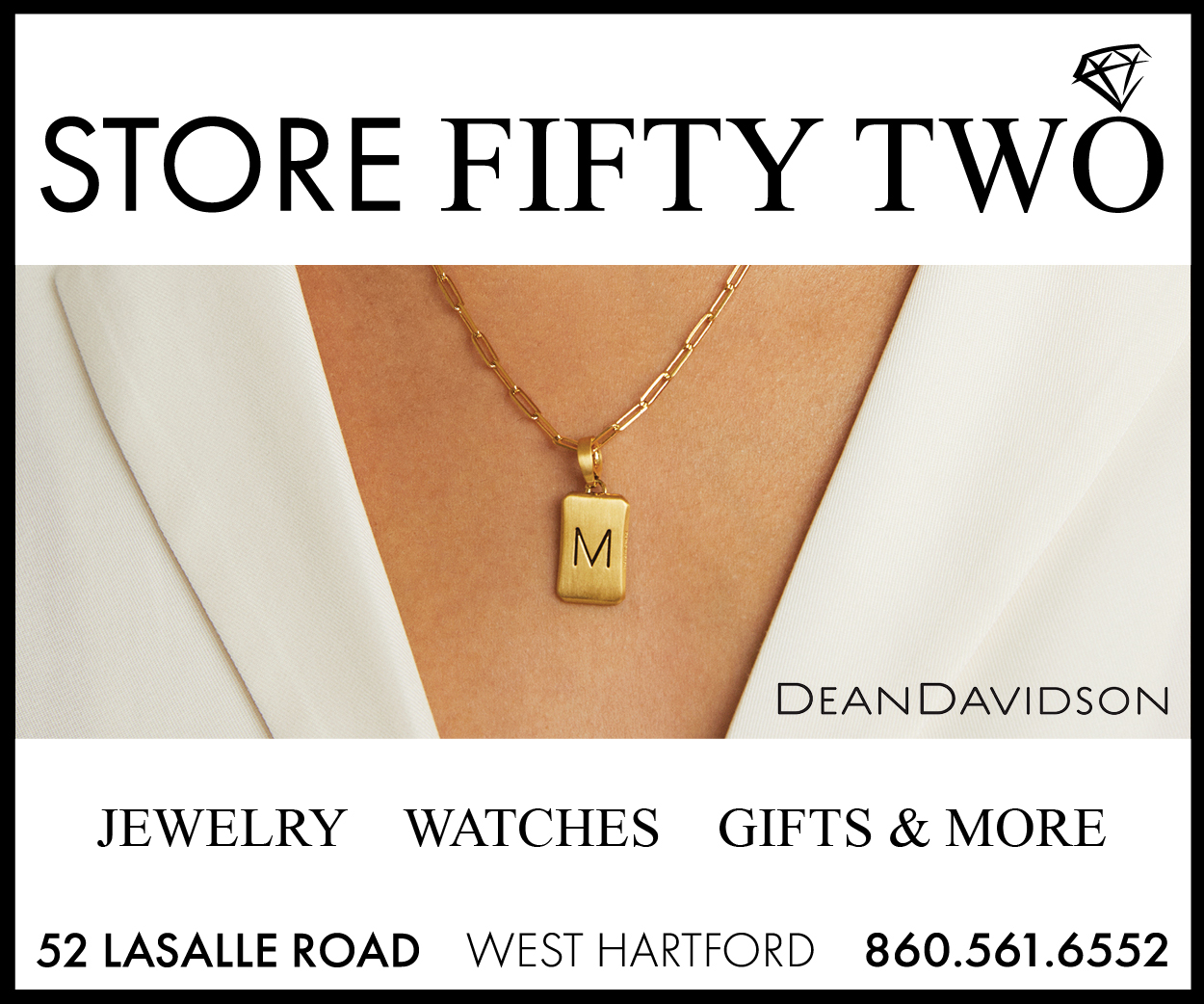
By David Wrubel
It’s not there anymore. Certainly not like it used to be.
A vibrant community that contributed to the religious, commercial, educational, and civic life of the Lower Naugatuck Valley – and thrived for well over 100 years – has left behind only traces and tantalizing clues about its past. In 30 years or so, no one alive will remember it.
So, I decided write about it.
Today, it is hard to imagine just how vibrant the lower Naugatuck Valley towns of Ansonia, Derby, Shelton, and Seymour once were. Fueled in large part by the Irish, Italian, and Eastern Europian immigrants to America in the late 19th and early 20th centuries, these industrial towns grew significantly as demand for their products increased both domestically and internationally. Factories produced copper and brass goods, pins, heavy machinery, fine fabrics, pianos, electrical equipment, clocks. The Valley and its environs were textbook examples of small town industrial America that existed from just after the Civil War to the Vietnam War.
Factories and shops in the Valley provided thousands of people with steady, livable employment. The rapid growth of these manufacturing companies and a growing population of skilled workers encouraged early entrepreneurs to establish other businesses…some to supply the large factories, most to provide the necessities, services, and luxuries of life.
To a large degree, and far exceeding their small percentage of the population, Jews founded and ran individual businesses that contributed significantly to the commercial and social life of the Valley.
In the Beginning
The first known Jew in the Valley came to Derby (then called Birmingham) in 1726. Mordecai Marks was born in 1706 in London, a Sephardic Jew and a fairly wealthy merchant. According to the late Albert Berman, who in 1955 wrote an unpublished paper on the history of the early Jews in the Valley, Marks owned a successful trading post at Huntington’s Landing in Shelton, as well as significant landholdings. One of his sons, Nehemiah, was a British spy during the Revolutionary War, a fact that remained undiscovered until 1959. Accordining to some reports, Marks converted to the Christian faith and was baptized in 1729 in an Episcopal Church in Stratford.
The Valley’s leading dry goods merchant before the Civil War was Samuel H. Brush, who was Jewish. He established a store on Main Street in Derby in 1858. The store thrived, and Brush managed to survive the financial panic and depression of 1873 reasonably intact. A few years later, however, he died suddenly, after being thrown from a horse-drawn carriage. His estate sold the store to an employee, and in the late 1880’s it was sold to two men who named the store after themselves – Howard and Barber. It remained the Valley’s premier department store through the 1960s.
In search of Religious Freedom

Connecticut did not permit organized Jewish worship until 1843. That year, New Haven Jews established a synagogue, Mishkan Israel, followed four years later by Hartford’s Beth Israel. Congregations quickly formed in Bridgeport, New Britain, Stamford, and New London. Most of these early congregations had two things in common: They were founded in the state’s largest cities and congregants came almost exclusively from Germany and Western Europe.
Smaller communities of Jews developed as the Eastern European immigrations began to dramatically increase in the 1890s. This wave of immigrants, fleeing religious persecution, diminishing civil rights, and violence in Russia, Poland, Lithuania, and other countries, was sufficiently large to create numerous Jewish population centers not only in the larger cities, but in smaller towns as well.
Orthodox congregations comprised of Eastern European Jews began to organize in cities both large and small. They were for the most part quite religious, but people from different parts of Europe – or from different communities only a few miles from each other – often had conflicting views about how exactly to practice their religion. As a result, multiple congregations existed in the larger cities of New Haven, Hartford and Bridgeport, as well as in smaller towns such as those in the Valley.
Early Religious Institutions
The first stirring of Jewish community activity in the Valley took place in 1890, when a group of Jews purchased land in Orange for a cemetery. In 1892, they turned it over, without compensation, to a voluntary religious association that had recently formed in Ansonia. This organization leased space for $15 per month for religious gatherings and other meetings, and began holding regular minyans there. Out of this association was formed the first synagogue in the Valley: Completed in Ansonia in 1893, Congregation B’nai Israel (Sons of Israel) was established by Jews from Ansonia, Derby, Shelton, and Seymour. In the basement of the building was a mikvah and three bathrooms — at a time when indoor plumbing in private homes was the exception, not the rule. The building cost almost $11,000.
Most of the members of B’nai Israel were Orthodox, and it soon became increasingly difficult for Jews from Derby to worship daily in Ansonia and walk to services on Saturday. Consequently, Derby Jews began conducting daily services in the back room of a Main Street store. It wasn’t long before they rented larger quarters and held all of their religious services in Derby, effectively leaving the Ansonia synagogue.
At about the same time, the Hebrew Benevolent and Free Loan Society was formed in Ansonia, most likely by the same Jews who founded the first Ansonia synagogue, B’nai Jacob. The Society was a voluntary group that raised funds for the benefit of the hundreds of new immigrants arriving annually, providing them with interest free loans to assist them in starting their new lives in the Valley. Among its beneficiaries was my grandfather, David Linett, who immigrated in 1901 from Russia, settled in Ansonia, and shortly thereafter was able to open a bicycle shop that eventually became a hardware store — a family business that lasted into the 1990s.
In 1909, a significant dispute over religious practice arose in Ansonia between traditional Orthodox Jews and those who would today be called Conservative. The “Conservative” faction left to form Congregation B’nai Jacob. In 1916, they built a separate synagogue on Factory Street. The two religious groups finally ironed out their differences and reunited in 1933 as Congregation Beth El, agreeing to a ritual compromise (Conservadox, more or less!) that actually worked. The combined congregations worshipped in the Factory Street synagogue until 1959. (Today, it is still in use as a church.)
In 1932, a Jewish Community Center (JCC) was started to meet the social needs of all Valley Jews and was housed in the basement of the Factory Street synagogue. Aside from its various activities and programs, the annual JCC Ball was a major social event in the Valley. The JCC also created a Sunday school, which eventually merged with the synagogue’s recently begun Sunday school for girls. Prior to this, only boys received a Jewish education, as was the prevailing Orthodox tradition; girls, if they received any education at all, attended Sunday school only.
Together, Derby and Shelton Jews formed Congregation Sons of Israel, and a building was erected on Anson Street in Derby in 1920. While its members were part of the Valley Jewish Community Center for social purposes, Sons of Israel in Derby maintained a separate religious school until 1953 and remained a separate congregation until 1959.
Family life centered on worship, business, and for the children, education. Jewish students frequently were valedictorians or salutatorians of their high school classes. A remarkable number of men and women from the Valley attended college during the thirties, forties, and fifties, many at Ivy League schools.
Retail and Professional Life

Throughout the Valley, Jewish merchants established retail and wholesale businesses, while others entered the professional class. There are far too many examples to name them all, but here are a few:
In Derby, Schpero’s Jewelers was the the preeminent jeweler in the Valley from the 1930s to the 1980s; The Fair Shoppe and The Model were known for outstanding women’s clothes.
David Cohen began a law practice in Derby in 1936. Active in community affairs, Cohen was president of the town’s Griffin Hospital for a time. His son, Jamie Cohen, succeeded him and until recently was president of the Valley Community Foundation, the major philanthropic organization in the area. Harold Yudkin was a prominent attorney who began practicing law in Derby in1938. He also was a major real estate developer, building many dozens of houses and a number of shopping centers off of New Haven Avenue in Derby beginning in the early 1950s.
Ansonia was home to a variety of Jewish-owned clothing stores: Oscar Cohen’s (during the 1930s – when few Jews held such positions – Oscar Cohen was a director of the Ansonia Saving Bank) and B&L were men’s stores; Weitz and Morris Singer sold women’s clothing. Spector Furniture, established in 1890, is the oldest continually operating business in town. Glazer’s sold radios, appliances, and later, televisions and furniture, and opened branch stores for appliances and electronics in Milford and New Haven.
Albert Yudkin established the Valley Garage in Ansonia before 1920, one of the first automobile dealerships in the Valley. In the 1950s, Martin Dworkin established Dworkin Ford in Ansonia, later on acquiring the Chevrolet franchise and moving his business to Derby.
When so many farms existed in the Valley, particularly in Shelton and Seymour, the Litsky family in Derby, the Savitsky family in Shelton, and the Hodos family in Ansonia were involved in the feed and grain business. In addition, Jewish families owned two competing soda-bottling companies.
Few Jews went into manufacturing. One who did was Abe Lavietes, who started the Shelton Basket Company in 1911 and distributed high quality products nationwide. They still fetch a pretty penny as antiques. His son, Ray, entered the business in 1936 and was a generous benefactor of Harvard University, where the basketball facility is named for him.
Because the Valley was such an industrialized area, numerous scrap metal dealers (then called “Junk Men”) became quite successful. Among them were businesses owned by the Blumenthal family and the Liftig family, which prospered from the mid-1920s well into the 1980s, as well as Max Levine, and Kalman Luria and Sons.
Incredibly, three competing hardware stores owned by Jews in Ansonia existed on Main St.: Mark Hardware was on upper Main Street (Don Mark was one of Ansonia’s best known and civic minded residents after World War II; had he wanted to become mayor, he’d have won in a landslide.) A few blocks south, directly across the street from one another, were Gans Hardware, which began as a painting contractor, and Linett Hardware, which started as a bicycle shop. All three were successful businesses for more than 70 years. Today they might make a reality TV show — “Hardware Wars” — out of that, but in reality all three families were good friends. To wit: My best friend growing up is a Gans grandson. I am a Linett grandson. And one college summer, I painted Don Mark’s house.
Coming together

Despite the fact that their fathers had squabbled and disagreed about such things for decades, and an attempt by the next generation to merge the two synagogues and the Jewish Community Center in 1948 failed, a Jewish Board of Education was formed in 1953 to combine the religious schools of both the Ansonia and Derby synagogues. In retrospect, that was the first step in completely merging the separate organizations into one entity – though it would be some time before the deal was done.
After the 1955 floods that devastated the Valley towns, eight men, representing the two synagogues, the JCC, and the Board of Education, met in November 1955 to discuss the viability of a true merger. Led by Dr. Jack Galen of Shelton, these men included Samuel Krieger and Lewis Savitsky of Shelton, David Blumenthal, Meyer Cohen, Martin Dworkin, Herman Glazer of Ansonia, and George Yudkin of Derby. They established the United Jewish Building Fund of the Associated Towns, and began raising money to construct a building that would eventually house two synagogues, the Jewish Community Center, and the Board of Education as one entity. It would be called the Beth Israel Synagogue Center.
The building committee chose a parcel of land located on the site of an old estate at 294 Elizabeth Street in Derby. The group took title in late 1956 and broke ground in March 1958. All of the separate entities voted to merge and transfer their assets to the Beth Israel Synagogue Center, affiliated with the United Synagogue of Conservative Judaism.
For the adults who worked so hard to make it happen, the establishment of Beth Israel Synagogue was a major accomplishment that filled them with joy right up until the day the synagogue closed. For some 25 years it remained the center of the community, with activities going on virtually every night. There were men’s clubs and women’s organizations, youth groups, a large religious school, dances, basketball, adult education, a Yiddish club, a choir (briefly), activity programs for children during school vacations, plays, and a couple of outstanding rabbis.
Epitaph
As manufacturing left the Valley in the ‘60s and ‘70s, thousands of jobs did as well. The quality of secular education declined precipitously. Beginning in the ‘60s, many synagogue families moved to Orange, Woodbridge, or Bethany, in no small part for the excellent schools. They remained affiliated, but as the old retail businesses began to close — or fail, as manufacturing jobs disappeared — there was little reason for the next generation to stay. Some members of that younger generation tried to maintain the old family businesses. Almost all were unsuccessful.
As a result, synagogue membership declined, financial pressures mounted, and those who quietly supported the congregation during tough times either died, retired and moved away, or decided to stop throwing good money after bad. As a result, and with great sadness, Beth Israel ceased to be, finally merging with Congregation Or Shalom in Orange in the early 1990s.
This is where I grew up during the ‘50s and ‘60s. My mother’s generation stayed in the Valley because it made economic sense. They built a unique and rare community. They remained lifelong friends. They married and had children. Their children became friends. Generational continuity.
I was part of this last generation. One of my earliest memories is that of Kol Nidre night. After services, the entire congregation would linger on the front patio, greeting one another and sharing quick stories. It was like being part of a giant extended family. Everyone seemed to know everyone else and, for the most part, they did. There was a pervasive feeling of belonging. That generational continuity made our synagogue a special place.
I didn’t know how rare it was until it disappeared.
David Wrubel grew up in Ansonia during the late 1950s and 60s. His parents and grandparents were very active in the Valley Jewish community. He is a financial analyst and lives in Weston.








 Southern New England Jewish Ledger
Southern New England Jewish Ledger








